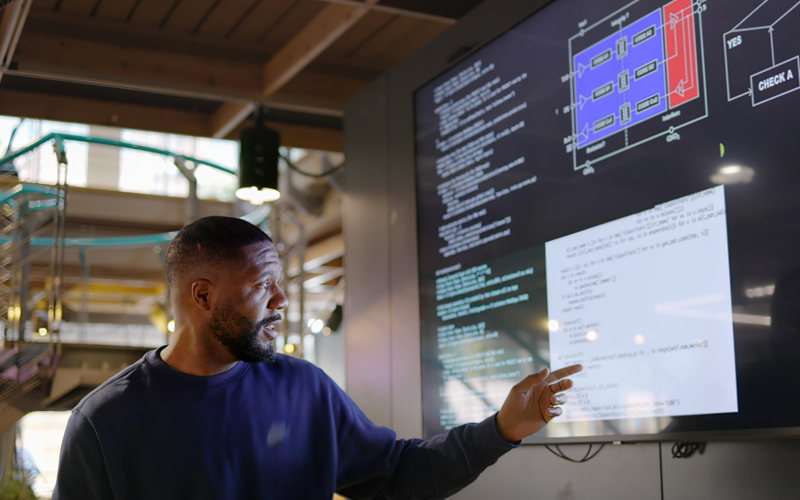The insurance industry is a vital sector of the global economy. It provides financial protection to individuals, businesses and organisations against various risks and uncertainties. Insurance involves transferring risk from policyholders (the insured) to insurance companies (the insurers) in exchange for a premium payment.
A few key aspects of the insurance industry include:
- Insurance types: This includes life insurance, health insurance, property and casualty insurance, auto insurance, liability insurance, etc.
- Risk assessment: This helps to fix the appropriate premium rates and coverage terms.
- Underwriting: This process evaluates the risk associated with potential policyholders and decides whether a policy can be issued; and, if issued, what the terms, conditions, and pricing of the insurance coverage are.
- Premiums: These are payments made by policyholders to insurers in exchange for coverage. A variety of factors influence them, including the type of insurance, the insured's risk profile, and the amount of coverage.
- Claims processing: Covered events prompt policyholders to file claims for compensation. Claim processing includes verifying, assessing loss extent, and providing suitable compensation.
- Regulation: The insurance industry is heavily regulated to ensure consumer protection, financial stability, and fair business practices. Regulations vary by country and region.
The intricate and cumbersome processes within the insurance sector naturally advocate for the adoption of advanced technology.
Technology’s hand in the insurance world
As customer expectations evolve, insurance companies are finding innovative ways to meet those needs. Here are some key trends and developments that illustrate how technology is shaping insurance's future:
- Digital transformation and automation: Insurance companies are investing heavily in digital transformation to streamline their processes, reduce paperwork, and enhance customer experiences. Automation is being used to handle routine tasks such as underwriting, claims processing and policy administration. Besides improving efficiency, this also allows human resources to focus on more complex and strategic aspects of the organisation.
- Data analytics and modelling: Insurers are using data to better understand customer behaviour, assess risks (even those associated with climate change), and personalise insurance products.
For example, data analysis and advanced modelling help understand the potential impact of natural disasters and adjust insurance offerings accordingly. They also help anticipate potential losses and make informed decisions about pricing and coverage. - Telematics and usage-based insurance: Telematics, which involves collecting real-time data from vehicles, is being used to offer personalised auto insurance based on individual driving habits. This allows safer drivers to enjoy reduced premiums.
- Blockchain: Blockchain technology is being explored for its potential to enhance transparency, security, and efficiency in insurance processes. Smart contracts on blockchain platforms can monitor claims and reduce fraud by ensuring that terms and conditions are automatically executed when predefined criteria are met. They also help automate archaic paperwork procedures and protect confidential data.
- Artificial Intelligence (AI): AI enhances many aspects of insurance, including these:
- Customer service: AI-powered chatbots are becoming increasingly common in customer service, providing immediate assistance to policyholders with inquiries about their coverage, claims, and payments.
- Claims processing: AI has enhanced the efficiency, accuracy, and timeliness of claims processing. It employs natural language processing (NLP) to efficiently and swiftly analyse and verify documents. Additionally, machine learning (ML) models are employed to predict claim outcomes, facilitating proactive decision-making and reducing processing time.
- Risk assessment: AI helps bolster risk assessment and precision in underwriting. ML algorithms analyse diverse data, like customer profiles, claims history, and external factors such as weather and economics. AI identifies patterns, allowing accurate risk evaluation, tailored pricing, and fraud detection. These AI models offer insights for data-driven decisions that refine risk management and profitability.
- Personalisation and customisation: Technology allows insurance companies to create tailor-made policies that match individual needs. Customers can choose coverage options, policy limits, and deductibles that align with their preferences, resulting in a more personalised experience.
- Cyber insurance: With the growing frequency and sophistication of cyberattacks, cyber insurance is gaining prominence. Insurers are developing specialised policies to help businesses mitigate the financial impact of data breaches and other cyber incidents.
- Digital platforms and ecosystems: Insurance companies are partnering with tech startups and other industries to create comprehensive ecosystems. These ecosystems offer customers a range of services beyond insurance, such as wellness programs, financial management tools, and more.
- RegTech and compliance: Regulatory technology (RegTech) is being used to ensure compliance with industry regulations and data protection laws. Automation tools help insurers manage complex compliance requirements efficiently.
- Climate and environmental considerations: Insurers are leveraging technology to assess and mitigate risks associated with climate change. Advanced modelling and data analysis are used to understand the potential impact of natural disasters and adjust insurance offerings accordingly.
In conclusion, insurance's future is intertwined with technology-driven innovation. As customer expectations evolve in the digital age, insurance companies embrace technology to create more efficient, customer-centric, and adaptable solutions. By leveraging data, automation, AI, and emerging technologies, insurers are well-positioned to meet the evolving needs of their customers while navigating the challenges and opportunities presented by an ever-changing landscape.
For organizations on the digital transformation journey, agility is key in responding to a rapidly changing technology and business landscape. Now more than ever, it is crucial to deliver and exceed on organizational expectations with a robust digital mindset backed by innovation. Enabling businesses to sense, learn, respond, and evolve like a living organism, will be imperative for business excellence going forward. A comprehensive, yet modular suite of services is doing exactly that. Equipping organizations with intuitive decision-making automatically at scale, actionable insights based on real-time solutions, anytime/anywhere experience, and in-depth data visibility across functions leading to hyper-productivity, Live Enterprise is building connected organizations that are innovating collaboratively for the future.







